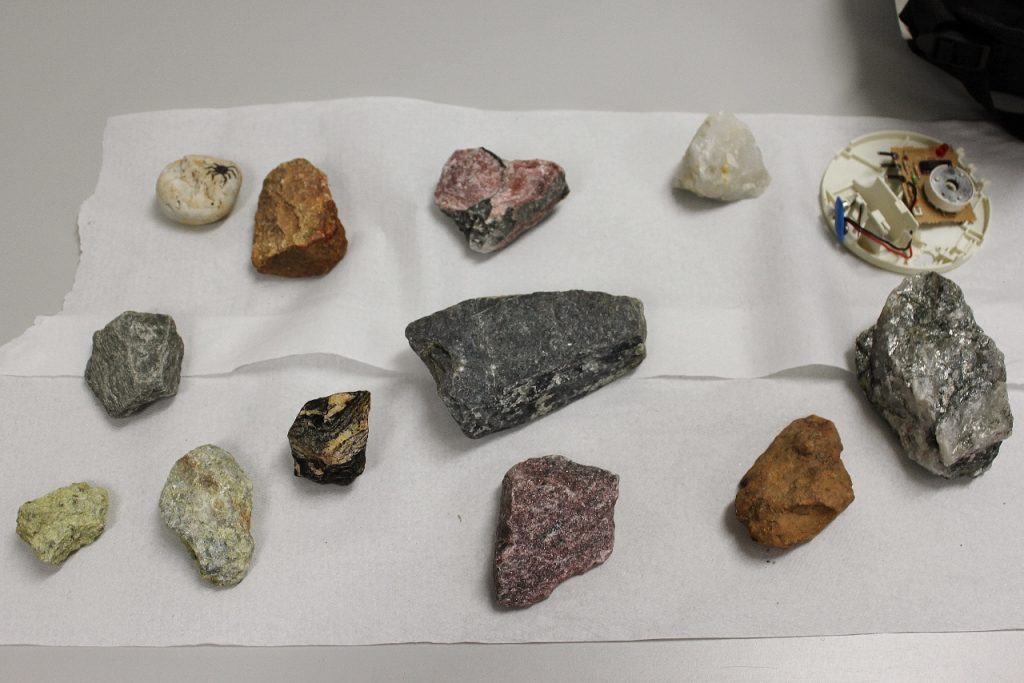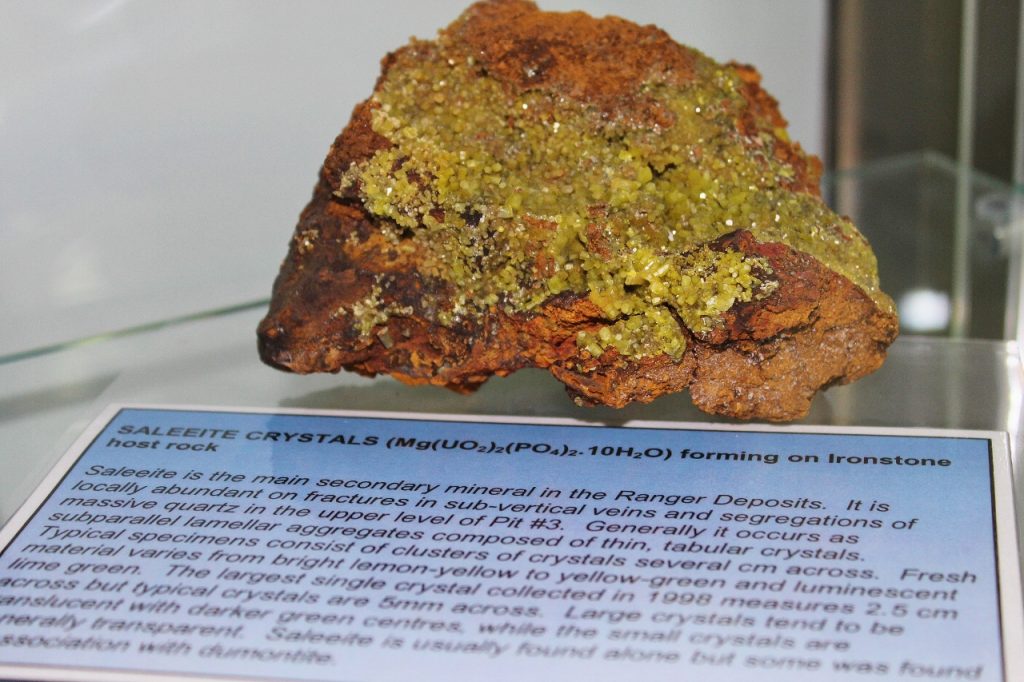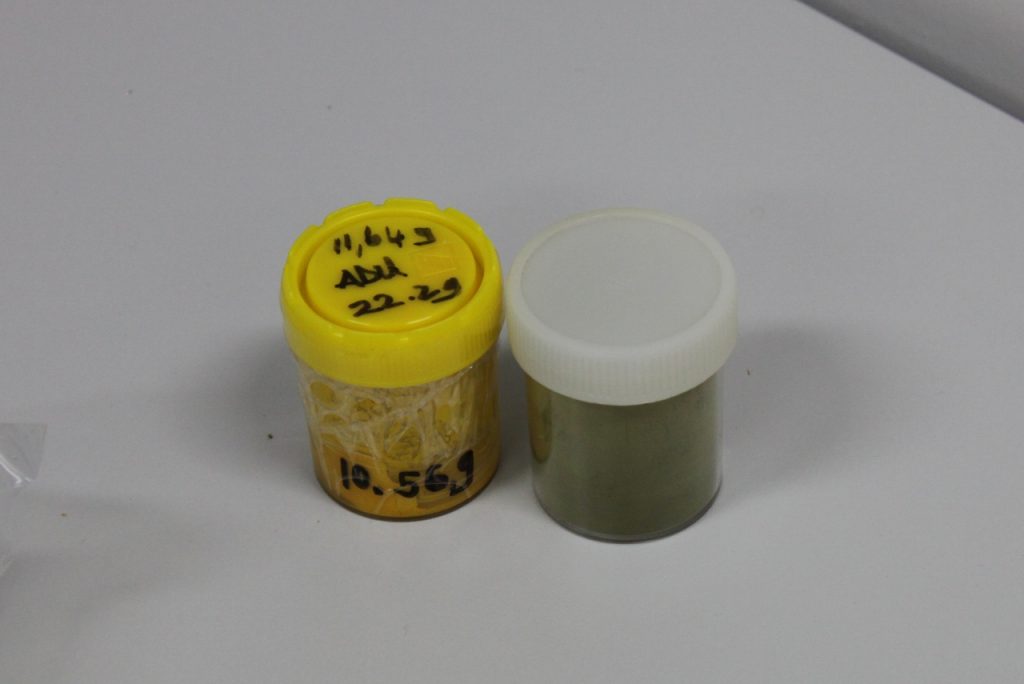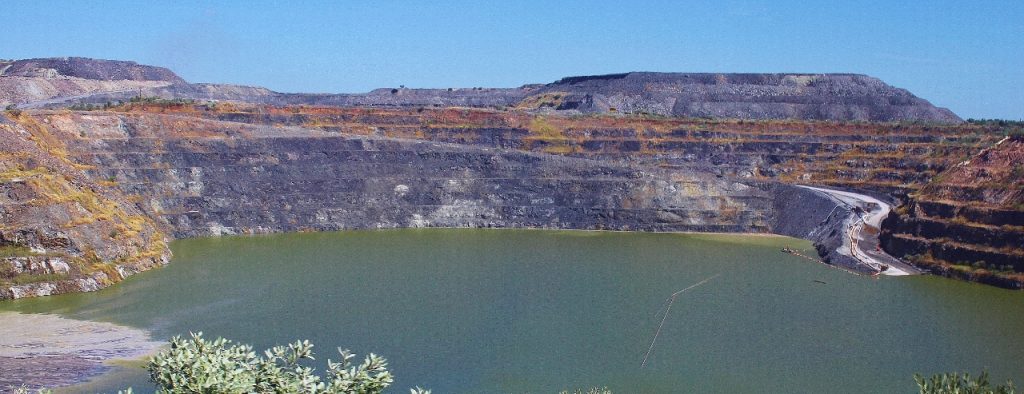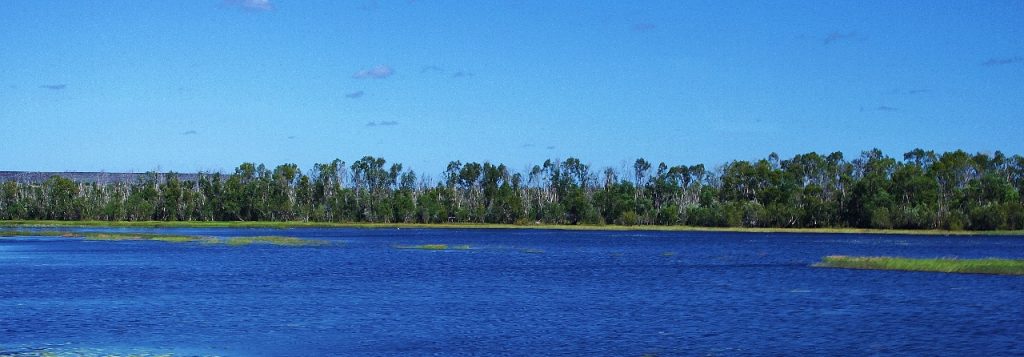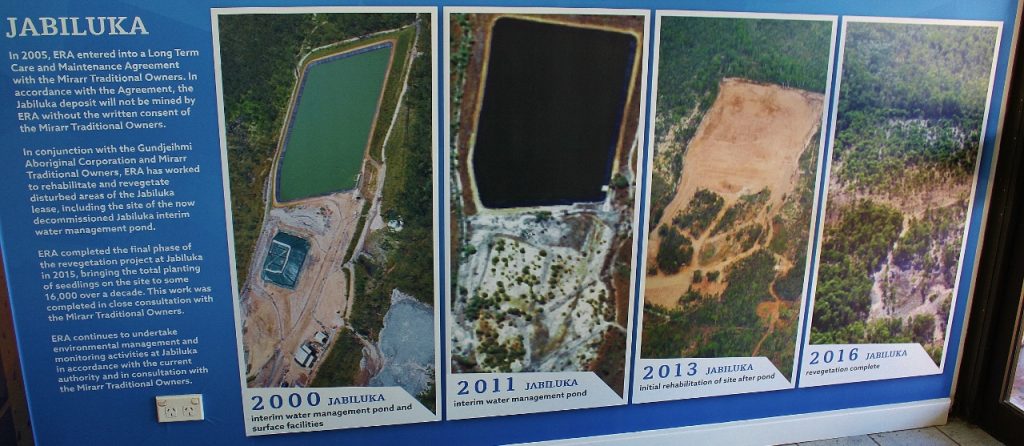I visited the Ranger Uranium Mine on Saturday 27th May as Energy Resources Australia (ERA) were holding a public Open Day. Anti-uranium mining sentiment remains strong in the Territory to this day but the mini-buses for tours to the mine were full.
The Australian Federal Government legislated for the development of the Ranger Mine in 1976 and, interestingly, the first stage of the Kakadu National Park (KNP) was declared in 1979. So perhaps without the mine, there would be no KNP – a political compromise, perhaps?
Traditional owners of the land on which the mine operates have been paid substantial mining royalties over the years. The town of Jabiru was originally built to accommodate the mine’s workforce in 1982 but also now acts as the service centre for tourism within KNP. A 2007 study[1] estimated $15 million per year in tourism revenue was being contributed directly to the Top End region by the existence of KNP. The Supervising Scientist of the Department of Environment and Energy says there is no impact from mining on the environment of KNP[2].
So what will happen to KNP tourism, the town, traditional owner groups and the mine-site when the mining lease expires in 2021? This will definitely be an interesting space to watch.
[1] Economic contribution of Kakadu National Park to tourism in the Northern Territory, Pascal Trembley, Sustainable Tourism CRC.
[2] https://www.iaea.org/OurWork/NE/NEFW/GC/GC2015/FoRUM/McAllister_Australia.pdf September 16, 2015.
